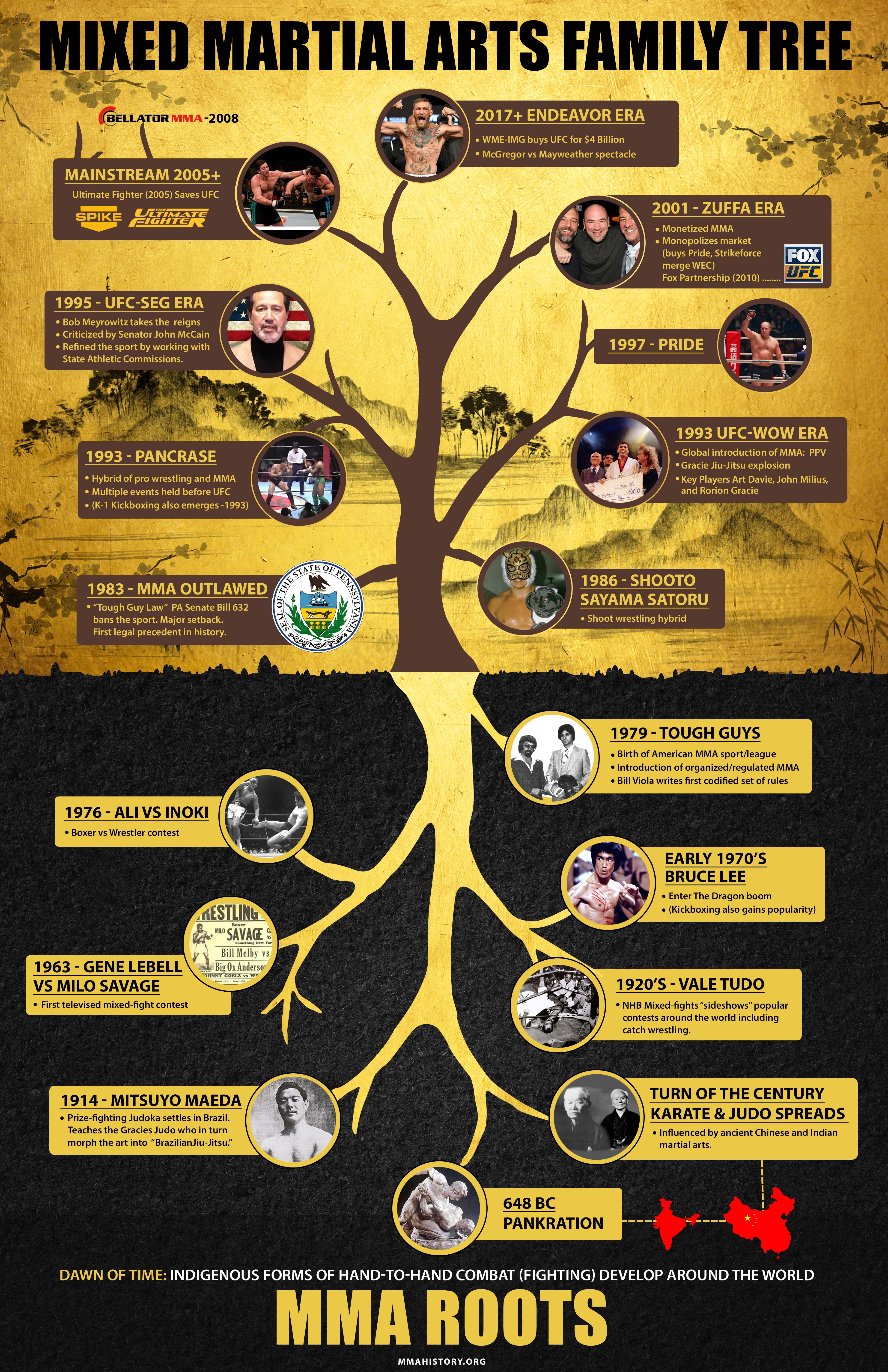Traditional Martial Arts And Modern Battle Sports: An Extensive Summary Of Their Unique Distinctions
Traditional Martial Arts And Modern Battle Sports: An Extensive Summary Of Their Unique Distinctions
Blog Article
Personnel Writer-Bright Haagensen
When you consider martial arts, do you lean extra toward the conventional practices or the modern fight sports? Each course uses special benefits and experiences, shaped by their viewpoints and training methods. Typical martial arts stress individual development and discipline, while contemporary battle sports concentrate on competition and performance. Comprehending these differences can direct you in choosing the ideal technique for your journey. Yet exactly how do these differences manifest in training and philosophy?
The Philosophy and Background Behind Standard Martial arts
While many individuals connect martial arts with physical battle, the ideology and background behind typical martial arts run much deeper. You'll discover that these disciplines emphasize individual growth, technique, and respect.
Originating from ancient techniques, traditional martial arts were often developed for Self-Defense and spiritual growth. They symbolize concepts such as balance, harmony, and self-constraint, assisting practitioners beyond simple combating abilities.
As you train, you'll not only discover methods however also gain insights into the culture and values that formed these arts. The rituals and practices, commonly given with generations, promote a sense of area and belonging.
The Affordable Nature of Modern Battle Sports
Modern fight sports have transformed the landscape of martial arts right into an extremely competitive field, where professional athletes challenge in an examination of skill, approach, and endurance.
You'll observe that competitions are usually organized with stringent guidelines and laws, ensuring fair game and safety and security. These occasions draw in large audiences, fueling the excitement and strength of competitions.
Professional athletes train rigorously, not just for physical prowess however also for mental toughness, knowing that every information counts in the ring. The adrenaline thrill throughout competitors is palpable, as fighters push their restrictions to assert triumph.
Fans value the athleticism and virtuosity included, making contemporary fight sporting activities a thrilling spectacle that continues to evolve and captivate enthusiasts around the globe.
Training Techniques and Methods: A Relative Analysis
The affordable ambience of modern-day combat sporting activities needs cutting-edge training techniques that vary considerably from traditional martial arts.
In modern training, you'll focus on details techniques, sparring, and conditioning, frequently using drills that replicate actual battle scenarios. You'll see an emphasis on quantifiable efficiency and constant competition to examine your skills.
On the other hand, typical martial arts focus on kinds, katas, and thoughtful mentors, frequently emphasizing discipline and regard over competition.
Training is generally less intense and might involve repetitive practice instead of real-time sparring.
While both methods build skill and health and fitness, modern-day fight sports offer an extra dynamic and versatile training atmosphere, preparing you for immediate challenges in the ring or cage.
Select the path that straightens with your goals and passions.
Verdict
In picking in between standard martial arts and contemporary fight sports, it actually comes down to what you value the majority of. If mixed martial arts classes for adults near me looking for individual development, technique, and a feeling of area, typical arts might be your ideal fit. But if https://arthurqdoyj.tkzblog.com/34842143/discover-the-keys-behind-karate-taekwondo-and-a-lot-more-reveal-the-hidden-world-of-martial-arts-styles-in-this-supreme-guide prosper on competition and real-time obstacles, modern-day battle sporting activities could be the means to go. Eventually, both paths supply unique benefits, so it's everything about aligning your training with your individual goals and interests.
